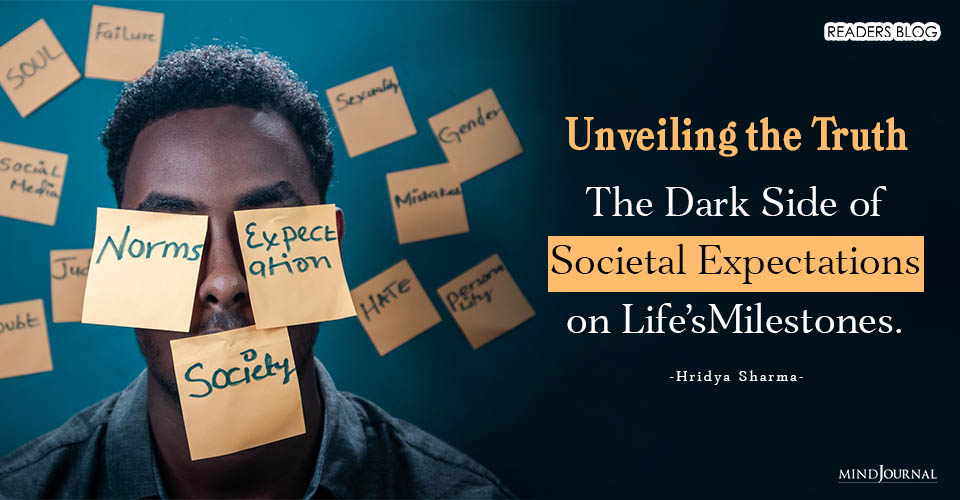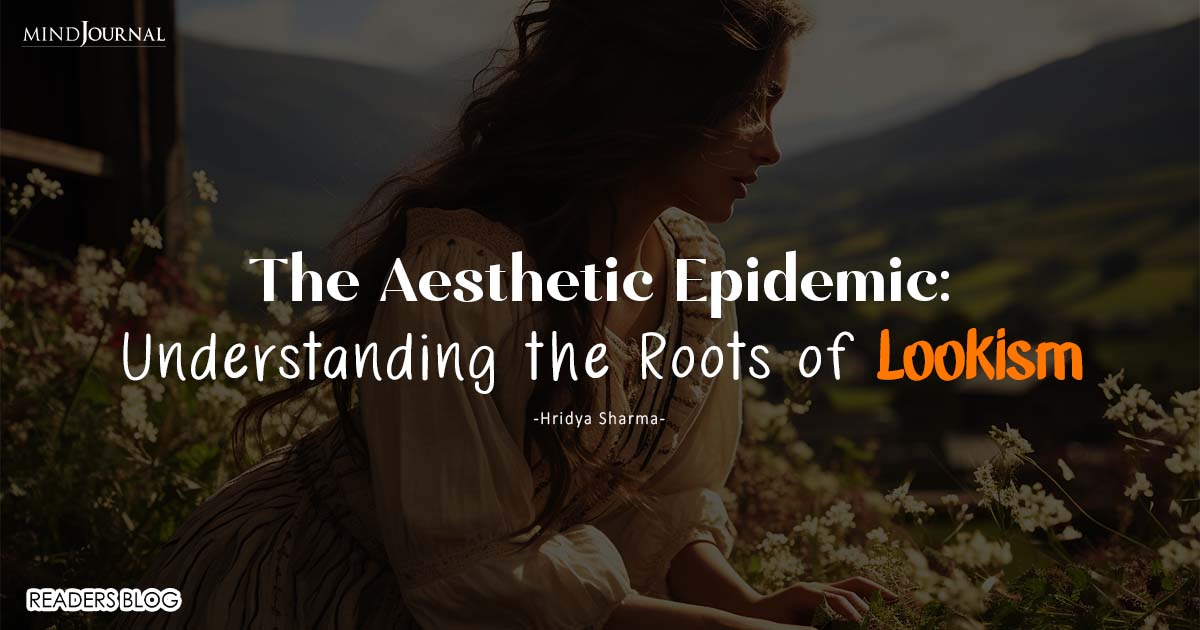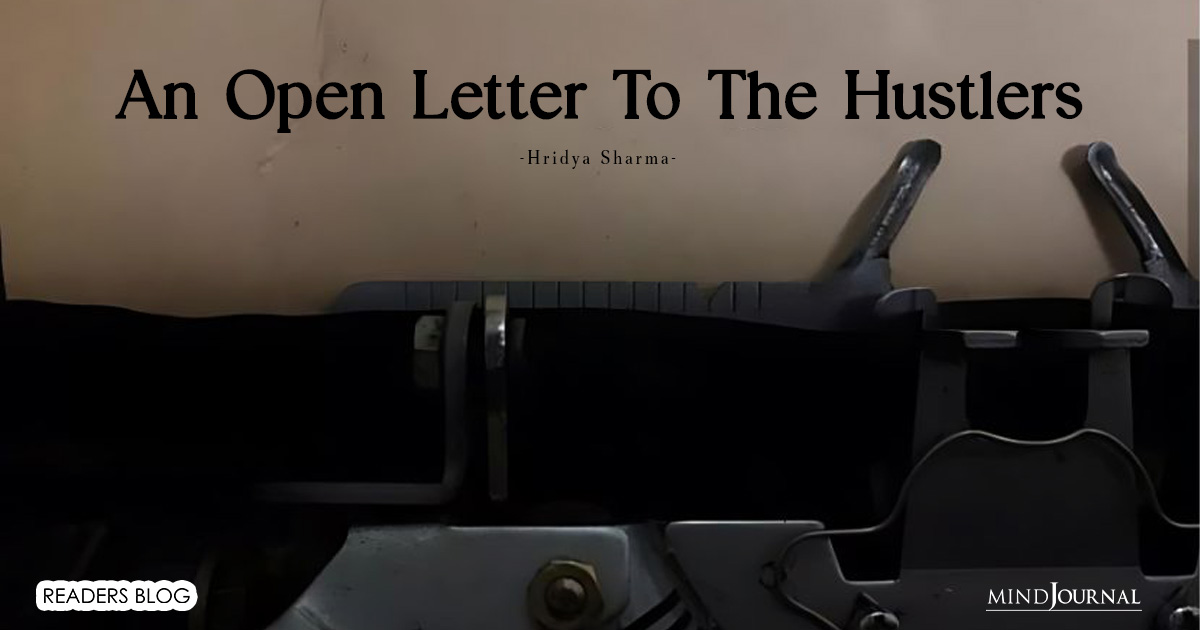Love is the purest emotion one feels towards themselves and another individual. While the expression of love can vary in its entirety from one person to another, the care we hold for the ones we love shares an undeniable impact on how we forge our perceptions of interpersonal relationships. The way we communicate our feelings to someone also says a lot about how we are wired, the method of conveying our affection to our beloved ones is called a love language. You may express affection to the one you love regularly, but do you take the time to ensure that you are communicating it in the way that the other person prefers? Even love can become lost in translation when two individuals speak different love languages.
What are the five love languages?
The five love languages are five distinct ways to express and receive love: words of affirmation, quality time, gifts, acts of service, and physical touch. Not everyone communicates love in the same way, and people prefer different ways to receive it. Gary Chapman, PhD, developed the concept of love languages in his book The 5 Love Languages: The Secret to Lasting Love, where he describes these five distinct styles of communicating love, which he distilled from his experience in marriage counselling and linguistics.
Here’s a brief description of each of the five languages of affection that Chapman describes.
1. Words of affirmation
People who use words of affirmation as a love language value spoken displays of affection, such as frequent “I love you’s,” compliments, words of appreciation, verbal encouragement, and frequent digital communication such as texting and social media engagement. “Written and spoken shows of affection matter the most to these people,” couples’ psychotherapist Fariha Mahmud-Syed, MFT, CFLE, says. “These expressions make them feel understood and appreciated.”
2) Quality Time
People whose love language is quality time feel most adored when their partner actively seeks to spend time with them and is always willing to hang out. They especially enjoy it when active listening, eye contact, and full presence are prioritized in the relationship. “This love language is all about giving your undivided attention to that one special person, free of distractions like television, phone screens, and other outside interference. They have a strong desire to actively spend time with their significant other, engaging in meaningful conversations or participating in recreational activities,” Mahmud-Syed says.
3) Acts of Service
If your love language is an act of service, you appreciate it when your partner goes above and beyond to make your life easier. It includes bringing you soup when you’re sick, making your coffee in the morning, and picking up your dry cleaning after a long day at work. “This love language is intended for those who believe that actions speak louder than words.” People on this list prefer to be shown how much they are appreciated, as opposed to hearing how much they are cared for. “These people value doing small and large chores to make their lives easier or more comfortable,” Mahmud-Syed explains.
4. Gifts.
Gifts are a fairly simple love language: you feel loved when people give you “visual symbols of love,” as Chapman defines them. It is not about the monetary value, but rather the symbolic meaning behind the item. People with this personality understand and appreciate the gift-giving process: careful consideration, the deliberate selection of the object to represent the relationship, and the emotional benefits of receiving the present. “People who love receiving gifts appreciate being given something both physical and meaningful. According to Mahmud-Syed, the key is to give them meaningful things that reflect their values, not necessarily yours.
5. Physical touch.
People who prefer physical touch as their love language feel loved when they are shown physical affection, such as kissing, holding hands, cuddling on the couch, and having sex. Physical intimacy and touch can be extremely affirming and serve as a strong emotional connector for people who speak this love language. The roots go back to our childhood, according to Motamedi; some people only felt deep affection and love from their parents when they were held, kissed, or touched. “People who express their gratitude using this language, when they consent to it, feel appreciated when hugged, kissed, or cuddled. They value the sense of warmth and comfort that physical touch provides,” says Mahmud-Syed.
The most popular love language.
Chapman analyzed the results of 10,000 people who took his online quiz in 2010 and discovered that words of affirmation were the most popular language, albeit by a narrow margin. In 2018, dating app Hinge analyzed their app and discovered that quality time was by far the most common love language. “I personally believe it also depends on gender, culture, customs, and values,” Mahmud-Syed goes on to say. “Some love languages that are popular in the West are much less common in non-Western cultures.” For example, in my South Asian culture, directly praising someone is considered impolite and is frequently met with rejection. Instead, praising that person to a third party is more highly valued when they hear about what you said about them.
Dating in each love language.
Love languages are a deceptively simple concept that, with practice, can be transformative. It encourages curiosity, not mind-reading, in the relationship. For example, while you enjoy receiving affirmations, your partner values quality time and touch. In an attempt to connect, you may text him sweet nothings all day and believe you are great at expressing love; however, he may be wondering why you are never interested in spending time cuddling on the couch together at night and may feel unloved as a result. Do you see how easily disconnection and resentment can enter the picture? By identifying our primary and secondary love language preferences it is easier to give each other what we innately crave.
Here are some tips for dating people with different love languages:
Words of affirmation:
Words are everything, so choose wisely. Pour them with love and nourish their positive side, and communication will thrive.. When you notice something good, say it often. Try not to use non-constructive criticism—words have power and leave an impression.
Quality Time:
Set aside time in your schedule for quality time together. It could be as simple as going for a walk outside (an exciting pandemic activity) and having a thorough discussion about your day. Leave your phones at home.
Acts of service:
Go above and beyond in your actions to demonstrate your love. Don’t always make it about chores—people have different ideas about what this love language means to them, so ask them directly what they require. Show vigilance by considering how you can make their lives easier. These small acts add up and can make all the difference.
Gifts:
They will remember special occasions, so make a note of it on the calendar and present a thoughtful gift to your partner. A “just because” gift earns you extra brownie points. It could be as simple as picking a flower from the garden or giving them a cute keychain from a favourite travel destination. Small gestures can help celebrate. Touch: Gentle caresses and physical affection are essential. This love language is refreshingly simple, easy to satisfy, and does not require much planning, simple caresses could be greatly reassuring for them.
Conclusion
Love languages are a useful tool for improving how we communicate and express ourselves to one another, but they should not be the sole solution to happiness. Instead, it should serve as a starting point for couples to embark on a journey of deeper connection and self-regulation. But the work should not end there.








Leave a Reply
You must be logged in to post a comment.